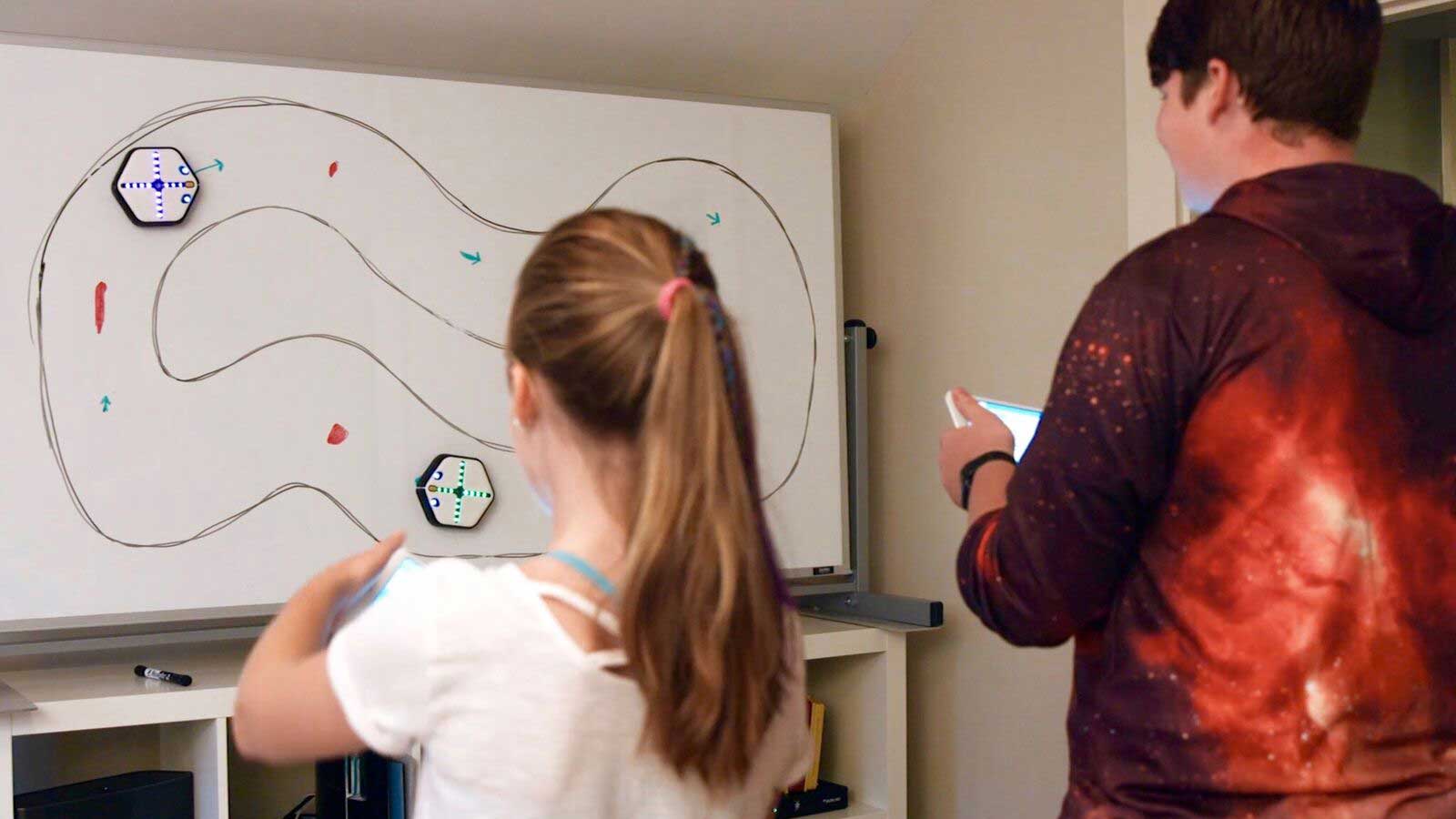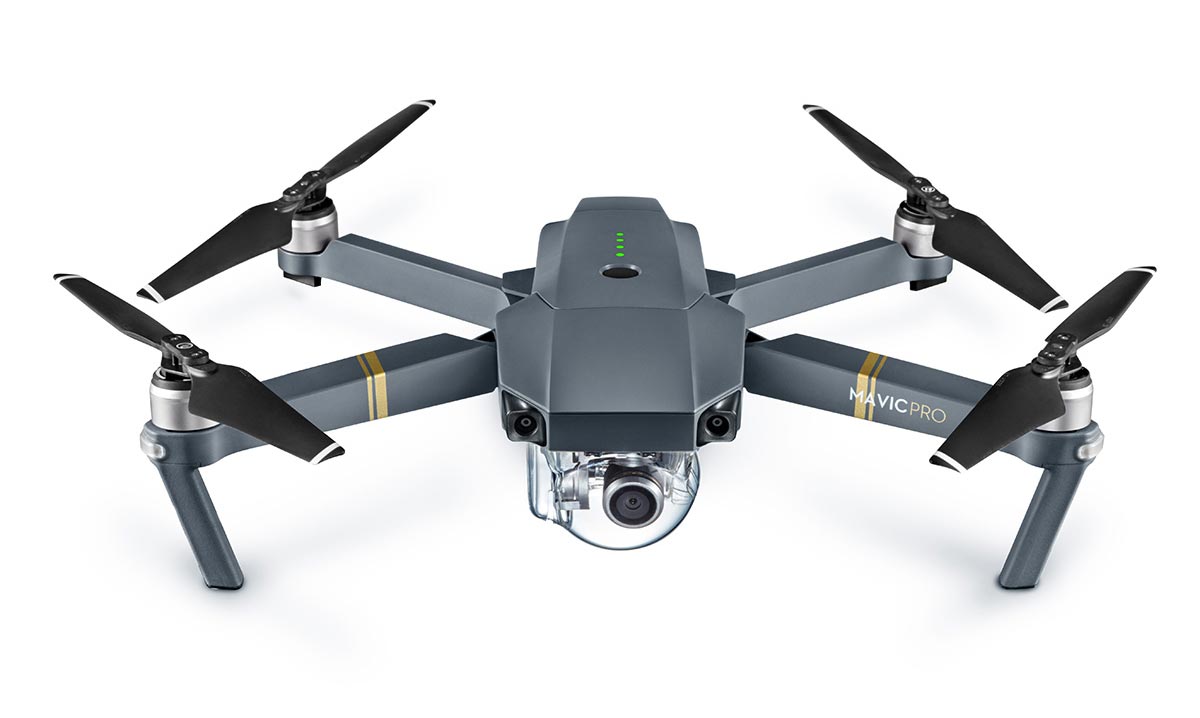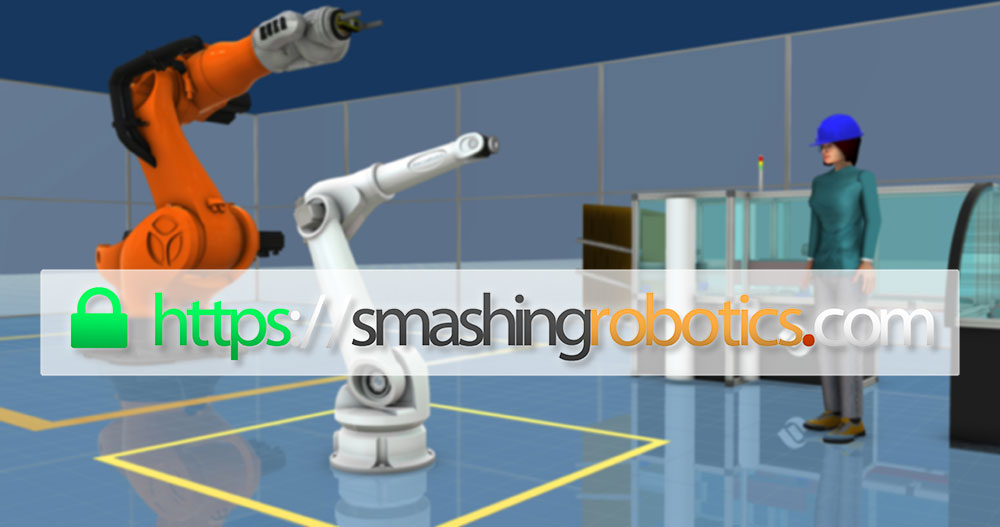Everyone is talking about electric cars as the new trend in the field but very few talk about the next wave that will come in the automotive industry. Projects occurring lately make us to find a reason to say that self driving cars will be the new trend after electric cars. Why? Because the robots will take over in many areas. We will have robots at home, at office, from home to office, in our free days will use robots for entertainment, we will follow at TV our favorite robotic football teams, our children will play with robots, and so on.
Our life will depend on robots, our roads will depend on robots but will be much safer than now and we will get a lot faster in the desired place than now. The list of companies who are investing in robotic cars is short right now but every year there are new names in the field. They started with simple projects where autonomous vehicles operate in places where no grass grows. Time and money invested in new technologies and in artificial intelligence led to development in the end, or rather to the end of the beginning. Finally the cars will be capable of self driving while we sit comfortably and talk on the phone or use our laptop to check emails we’ve received.

The new generation of robot cars seen through the eyes of optimists is very close and we will be faced with fait accompli in the coming years. It is possible that in the coming years – while we wait for green at traffic lights – to look over shoulder and not see anyone to steering wheel of the adjacent car. Just a human in the back involved in various activities. This scenario is not only possible, it is a scenario valid even in our days.
What do we need traffic lights and road signs for when cars will not require a driver and will communicate with each other? There are technologies tested allowing robots to communicate with each other, but the problems that may occur in an intersections can’t be solved only through communication. Inspired by insects, researchers try to apply algorithms which will control the cars so that they will not collide each other. Not only insects can fly in groups of hundreds or even thousands of individuals without colliding, think about people who cross a busy intersection in New York and how it would be like if they wouldn’t be able to reach the other side of the boulevard because of the short time the green pedestrian light is on and the multiple collisions that would occur between them. This scenario would be a disaster for people rushing to get at work, fortunately this is not a real situation, humans have developed a sense of getting somewhere through crowds without disrupting the movement of others. Studying both humans and insects, researchers were able to create algorithms which, at least in simulation environments, solve the problem of crowds which are moving in different directions.
The next step in the development of robotic cars is to implement these algorithms and testing them at intersections. Cars will communicate with each other and take decisions according to certain parameters which prioritize each car in an intersection. Traffic lights and traffic signs will be replaced by commands in the brain of a machine.
In the future we will be back where we started hundreds of years ago. When the first cars with steam engines appeared on roads, drivers witnessed too frequent and tragic accidents that occurred due to the lack of rules to regulate the traffic flow of vehicles. In time traffic rules and signs were developed and the new ones always appear to keep up with technology and trends, like the usage of mobile phone. These rules no longer find their role in the world of autonomous cars. These rules and road signs will remain in history as the steam engine remained.
Generations of yet unborn children will watch documentaries about how people drive today. All this for a perfect world where a minor accident will be breaking news in the evening, and all of those who will be watching the news will wonder how such a thing could happen in their day.
Certainly there are people who are passionate about classic cars, who want to feel the steering wheel in their hands and the engine rumbling beneath them. Maybe in the future these acts of greatness will be held in special places for classic car lovers and actual hands-on driving will return to be solely an entertaining activity. Those who will be wishing to drive will go theme parks where they will be able to drive their own or rent different vehicles, even gasoline cars, much like today’s track racing events where, for an hourly or daily fee, people are able to unleash their own or rent fully prepared race cars for driving on racetracks.
If we don’t need traffic lights and road signs how will look the future streets? This is probably the smallest problem that people can expect, the advertising aggression will have continuity then. Flexible or flat screens will replace traffic lights and road signs to showcase the newest products when we look through car windows, and this if we don’t have advertisements displayed on our car windows. Cities will be more colorful and more alive than ever. Boring road signs or semaphores will be replaced by screens that will display ads for products in our interest. The cars will communicate with these intelligent screens and will display ads that are in our interest at that time and while we are in their area.
Where the car know from what we want? It’s simple. As Google knows now what we want to have in the near future thanks to keywords used in searches, the car will know at what stores we have been lately, at what restaurant we were and how much time we spent there, sensors integrated into the car will recognize if our shoes are still good for walking or should recommend a new pair from the nearest store who will present the latest pair of shoes on one of the screens which will take the place of today’s traffic signs.
The cars will be extensions of our brain. They will know what we want to do and will understand when we are angry. We will be at height, we will be kings and queens with valets created from iron and plastic whose life is caught between our thoughts and wishes. Arriving in front of the restaurant the car will stop, will close the door behind us and will drive to the nearest parking place detected using positioning systems and information received from other robotic cars in the area. At a single touch of a button from our smartphone the car will move in as soon as the area was indicated to be available for user. They will recognize the owner and his or hers favorite music and movie. All in the shortest time, while passengers will get home in conditions of maximum safety and comfort.
Conclusion
In the future will we consider that we commute from home to work and back home? In future will we be stressed than another driver cut our path and was close to cause an accident? In future will there exist insurance policies to compensate for the drivers? Will there be traffic rules and laws to punish drivers who violated laws? No. All this will be history such as horse-drawn carts are history, just as steam engines are history and just as audio cassettes have long been replaced by other media.







